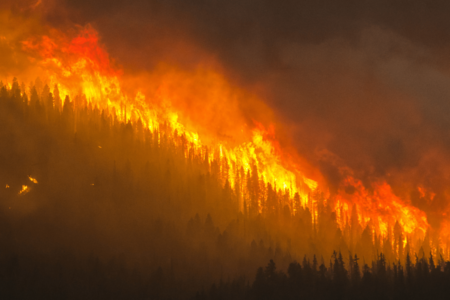BP says well is sealed, but oily Gulf and accountability questions remain
By Marian Wang in ProPublica
BP announced on Sunday that its ruptured well in the Gulf has at last been sealed, bringing to a close the five-month struggle of the company — and the Obama administration — to control and permanently plug the “nightmare well” that killed 11 workers and caused the worst oil spill in the history of the United States.
The long-term environmental effects of the disaster remain unclear, but as we’ve noted, research is trickling in. Earlier this month, scientists discovered a thick layer of oilstretching for miles on the floor of the Gulf, and they don’t believe it’s oil from natural seepage.
In some parts of Louisiana, oil is continuing to show up on shorelines, and large quantities have been discovered under the sand. From the New Orleans Times-Picayune:
While the most dangerous components of the oil — the volatile organic compounds — probably were weathered off long ago, what’s left still poses a mortal threat to any fish and wildlife that make contact, [LSU professor Ed] Overton said. And oil that was buried in sediments before being heavily weathered could still carry compounds proven to be carcinogenic to humans.
“Oil that is buried in sediments doesn’t degrade very quickly, or at all, so whatever properties it had when it was covered, it will still have when it’s exposed again,” Overton said.
Response to the spill isn’t over yet, either. According to the Financial Times, 25,000 people are still working on spill response, down from the 47,000 working at peak levels in June. About 40,000 square miles of the Gulf remain closed to fishing, according to the Times. (That’s about half of what was closed at the spill’s peak.)
While some preliminary research has been conducted, muchremains to done. The St. Petersburg Times reported that the Florida Institute of Oceanography, a consortium of several universities, is starting on $10 million worth of studies on the environmental impact of the oil spill.
Early on, BP committed $500 million in funds to spill research, butmost of that money has been held up by political bickering and hasnot been committed or distributed ($). From that fund, BP recently promised $10 million to the National Institutes of Health to study the long-term health effects of the spill on workers exposed to oil and dispersant.
The disaster also triggered a series of government investigations into the incident, and a particular scrutiny of BP’s safety recordelsewhere in the nation and around the world. The Obama administration, in response to the spill, issued a deepwater drilling moratorium, which is expected to end next month. Government regulators are also scheduled to meet with industry representatives this week to discuss response to runaway wells.
BP currently faces about 400 lawsuits, according to Bloomberg. In July, the company said the Justice Department’s probe could lead to prosecution of the company or its employees, suspension of licenses, or debarment from government contracts.
This article originally appeared in ProPublica. Reprinted with permission.


























Comments